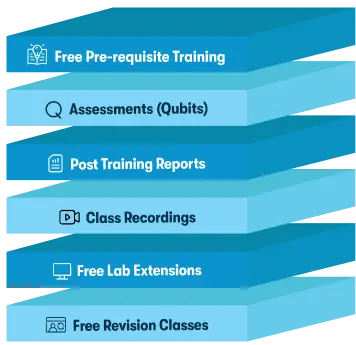We're open through the holidays to support your upskilling goals — Which training do you want to book?
We're open through the holidays to support your upskilling goals — Which training do you want to book?
Unable to find what you're searching for?
We're here to help you find itLinux/Unix Shell Scripting, Python and Perl Course Overview
This 3-day course provides a hands-on introduction to shell scripting and automation using UNIX/Linux, along with an introduction to Python and Perl. Day 1 covers UNIX fundamentals, including the file system, permissions, process management, and command-line operations. Day 2 focuses on shell scripting, system administration commands, regular expressions, and data manipulation using sed, grep, and file transfer tools. Day 3 introduces awk scripting, automation of network devices, debugging shell scripts, and a basic overview of Perl and Python. By the end of this course, participants will be able to write shell scripts, automate tasks, and understand scripting languages for system administration and automation.
Purchase This Course
USD
View Fees Breakdown
| Course Fee | 1,600 |
|
Total Fees |
1,600 (USD) |
USD
View Fees Breakdown
| Course Fee | 1,150 |
|
Total Fees |
1,150 (USD) |
USD
View Fees Breakdown
| Flexi Video | 16,449 |
| Official E-coursebook | |
| Exam Voucher (optional) | |
| Hands-On-Labs2 | 4,159 |
| + GST 18% | 4,259 |
|
Total Fees (without exam & Labs) |
22,359 (INR) |
|
Total Fees (with Labs) |
28,359 (INR) |
Select Time
Select Date
| Day | Time |
|---|---|
|
to
|
to |
♱ Excluding VAT/GST
You can request classroom training in any city on any date by Requesting More Information
Inclusions in Koenig's Learning Stack may vary as per policies of OEMs
Scroll to view more course dates
You can request classroom training in any city on any date by Requesting More Information
♱ Excluding VAT/GST
*Inclusions in Koenig's Learning Stack may vary as per policies of OEMs
Suggestion submitted successfully.
Koenig Learning Stack
Inclusions in Koenig's Learning Stack may vary as per policies of OEMs


